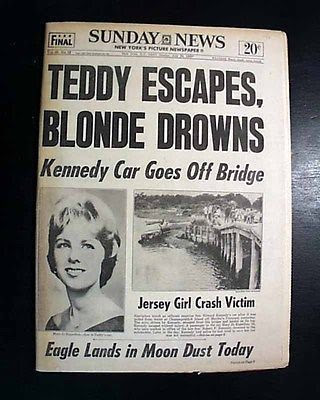Hear what I say, ’cause every word is true
You know I wouldn’t tell you no lies
I’ve known for a long time that Dave Mason is a pretty big deal in the world of classic rock.
But it didn’t hit me until recently that Dave Mason’s a REALLY big deal in that world.
 |
| Dave Mason in 1970 |
Sometimes I’m a little slow on the uptake.
* * * * *
Anyone who knows anything about the history of rock music knows that Dave Mason was a founding member of the sixties supergroup, Traffic. He went on to have a successful solo career. (Five of his solo albums went gold or platinum, and his 1977 single, “We Just Disagree,” was a big radio hit.)
But let’s see how much you really know about Dave Mason.
1. True or false: Dave Mason was a close friend of Jimi Hendrix, and played 12-string guitar on “All Along the Watchtower” (which was Jimi’s highest-charting American single).
 |
| Dave Mason with Jimi Hendrix |
2. True or false: Dave Mason played the shehnai (an Indian reed instrument) on the Rolling Stones’ 1968 record, “Street Fighting Man.”
3. True or false: Dave Mason and Eric Clapton toured with Delaney & Bonnie & Friends, and performed on their classic live album, On Tour with Eric Clapton.
4. True or false: Dave Mason recorded an album with Mama Cass Elliott that was released in 1971.
5. True or false: Dave Mason played guitar (along with Eric Clapton and George Harrison) on “Beware of Darkness” – the best song on Harrison’s hugely popular solo album, All Things Must Pass.
6. True or false: Dave Mason wrote the song “Feelin’ Alright” for Traffic, which has been covered by (among others) Three Dog Night, the Jackson 5, Gladys Knight & the Pips, Grand Funk Railroad, Isaac Hayes, Lulu, Lou Rawls, Rare Earth, and – most famously – Joe Cocker.
7. True or false: Dave Mason was an original member of Derek and the Dominoes.
* * * * *
Time’s up, boys and girls – put those pencils down!
Here are the correct answers:
1. True
2. True
3. True
4. True
5. True
6. True
7. True
So how did you do?
* * * * *
A few days ago, I saw the Dave Mason Band open for Hot Tuna at the Warner Theatre in downtown Washington, DC.
 |
I had a great seat thanks to my friend Tony Patler, who has been Mason’s keyboards guy since 2009. (Tony is an accomplished and versatile keyboard player who toured and/or recorded with Michael Jackson, Janet Jackson, Chaka Khan, Patti Labelle, Smokey Robinson, the Temptations, Michael McDonald, George Michael, and many others before hooking up with Mason.)
 |
| Dave Mason and Tony Patler |
I’ve seen Mason’s band perform a couple of other times, but I had forgotten what a virtuoso guitarist Mason is. I think of him mostly as a singer and songwriter, but you’ve got to be a pretty good guitar player if guys like Jimi Hendrix, Eric Clapton and George Harrison ask you to play on their records.
The only thing about the concert that was a bit off-putting was how old my fellow audience members were.
Many of them were not only old, but badly dressed:
 |
* * * * *
“Tell the Truth” is my favorite song from the one and only Derek and the Dominos album, Layla and Other Assorted Love Songs.
What you may not know is that the version of “Tell the Truth” that is included in that album isn’t the original Derek and the Dominos recording of that song.
In June 1970, the band – which included Dave Mason – played “Tell the Truth” at its first concert, which took place in London. A few days later, the song became the first one that Derek and Dominos ever recorded.
The band was unhappy with that version of the song – which Phil Spector had produced – and decided to re-record “Tell the Truth” for the Layla album. By then, Dave Mason was no longer part of Derek and the Dominoes.
 |
| The “Tell the Truth”single |
But someone forgot to tell the band’s American record company, Atco Records, which released the original version as a single in the U.S. just two weeks after the new version was recorded. (Atco quickly pulled the single.)
Click here to listen to the original Derek and the Dominos recording of “Tell the Truth,” which features Dave Mason on guitar.
You can click below if you’d like to buy that version of the song from Amazon:

























